Toyota Auris Hatchback (2007-2013) interior, tech and comfort
.jpg)
What impresses most from the driver’s seat is the amount of space. It’s quite tall for a hatch, so there’s obviously lots of headroom, but there’s also plenty of shoulder and footroom – there’s lots of space around the pedals too and a large clutch footrest. Toyota has given the interior an innovative look by moving the handbrake and gearlever much higher than they conventionally would be.
It’s great for ergonomics, as they’re in the most comfortable position possible and pleasing to use. The main switches and buttons – for the stereo and heating are close by and logically grouped. However, some are a little small and can be difficult to use on the move – it’s too easy to hit two at once. The quality isn’t as good as some alternatives either and a few controls feel uncharacteristically flimsy.
The driving position is excellent though as the steering wheel adjusts for height and reach and there’s adjustment in the driver’s seat. Visibility could be better – chunky windscreen pillars block the view, despite fitting of a smaller ‘quarterlight’ window. A neat touch is the raised LED information screens by the speedometer – they’re easy to read and look stylish.
There’s also an indicator telling you when to change gear for the best fuel economy. There was a minor interior makeover in 2010 with a modern dual climate control layout that is easy to use, new leather-trimmed, flat bottomed steering wheel and ‘soft touch’ plastics on the dash. The handbrake was shortened and the release button moved to the end rather than on top.
There’s plenty of room in the back for three with a near totally flat floor for more footroom and an impressive amount of legroom. All cars have air conditioning to regulate the interior temperature, while top models have dual-zone climate control, which allows two separate parts of the cabin to be different temperatures. Wind noise is kept low, but the engine, and road noise is especially intrusive, particularly on diesel models.
At low speed it’s clattery, while it’s loud enough to have to raise your voice to be heard at higher speeds. The HSD model uses continuous transmission and that can get rather tiresome and noisy particularly when you are trying to accelerate quickly. The Toyota Auris comfort then has been somewhat compromised here but on the plus side, all the seats are very supportive and comfortable enough for long motorway stints.


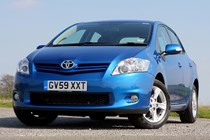
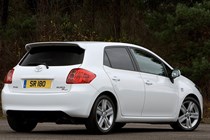
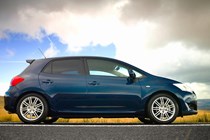
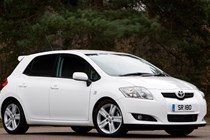
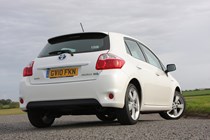
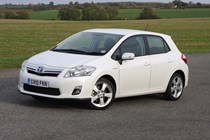
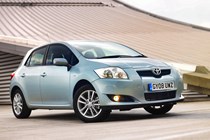
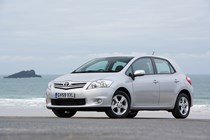

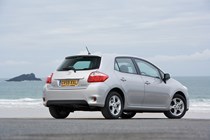
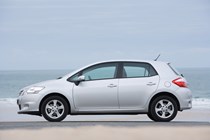
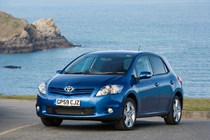
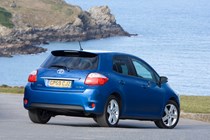
.jpg)
.jpg)
.jpg)
.jpg)
.jpg)
.jpg)
.jpg)
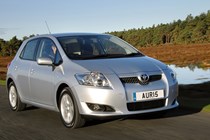
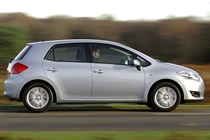
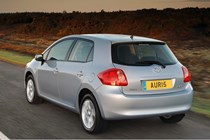
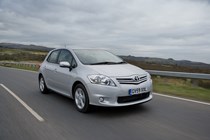
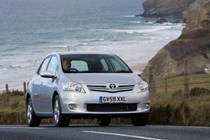
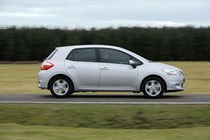
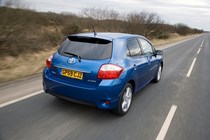
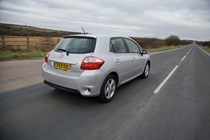
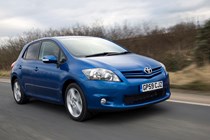
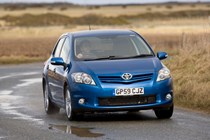
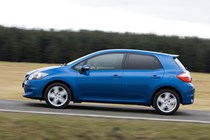

.jpg)

.jpg)
.jpg)
.jpg)
.jpg)
.jpg)
.jpg)
.jpg)
.jpg)
.jpg)
.jpg)
.jpg)
.jpg)
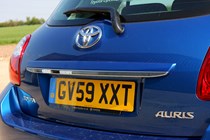
.jpg)
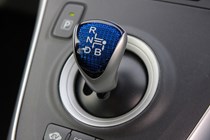




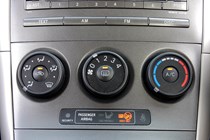
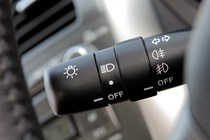
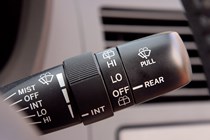
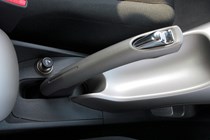
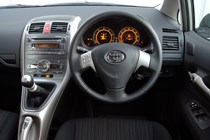
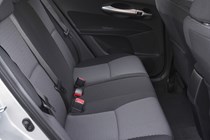
.jpg)
.jpg)
.jpg)
.jpg)
.jpg)
.jpg)
.jpg)
.jpg)
.jpg)
.jpg)
.jpg)
.jpg)
.jpg)
.jpg)
.jpg)
.jpg)
.jpg)
.jpg)
.jpg)
.jpg)
.jpg)
.jpg)
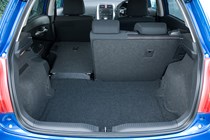
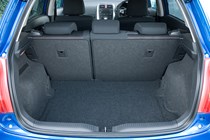
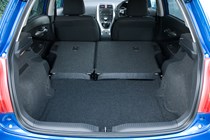
.jpg)
.jpg)
.jpg)
.jpg)
.jpg)
.jpg)
.jpg)

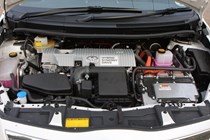
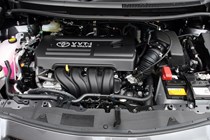
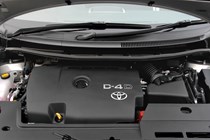
.jpg)













.jpg?quality=50)
.jpg?quality=50)
.jpg?quality=50)
.jpg?quality=50)
.jpg?quality=50)
.jpg?quality=50)
.jpg?quality=50)












.jpg?quality=50)

.jpg?quality=50)
.jpg?quality=50)
.jpg?quality=50)
.jpg?quality=50)
.jpg?quality=50)
.jpg?quality=50)
.jpg?quality=50)
.jpg?quality=50)
.jpg?quality=50)
.jpg?quality=50)
.jpg?quality=50)
.jpg?quality=50)

.jpg?quality=50)











.jpg?quality=50)
.jpg?quality=50)
.jpg?quality=50)
.jpg?quality=50)
.jpg?quality=50)
.jpg?quality=50)
.jpg?quality=50)
.jpg?quality=50)
.jpg?quality=50)
.jpg?quality=50)
.jpg?quality=50)
.jpg?quality=50)
.jpg?quality=50)
.jpg?quality=50)
.jpg?quality=50)
.jpg?quality=50)
.jpg?quality=50)
.jpg?quality=50)
.jpg?quality=50)
.jpg?quality=50)
.jpg?quality=50)
.jpg?quality=50)



.jpg?quality=50)
.jpg?quality=50)
.jpg?quality=50)
.jpg?quality=50)
.jpg?quality=50)
.jpg?quality=50)
.jpg?quality=50)




.jpg?quality=50)